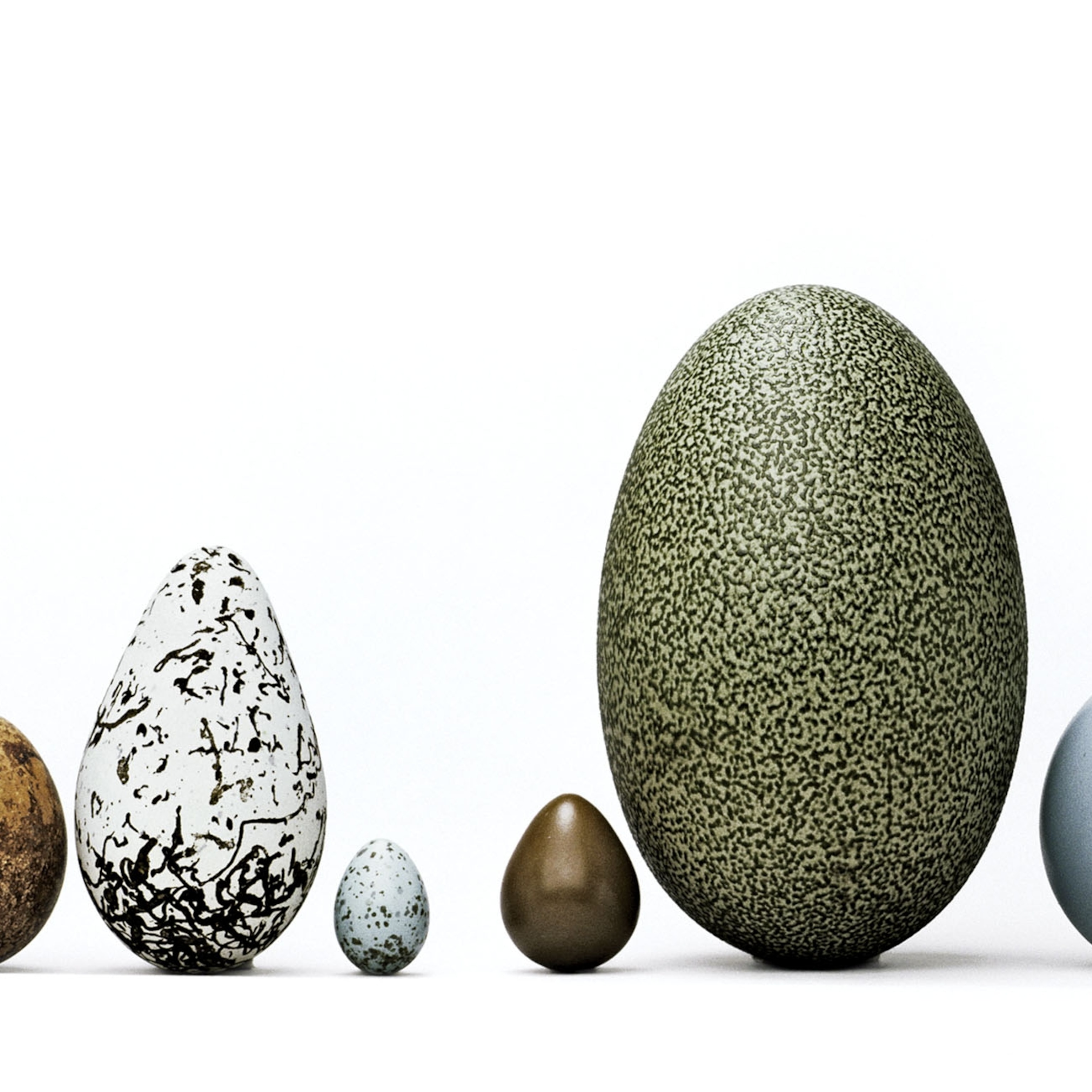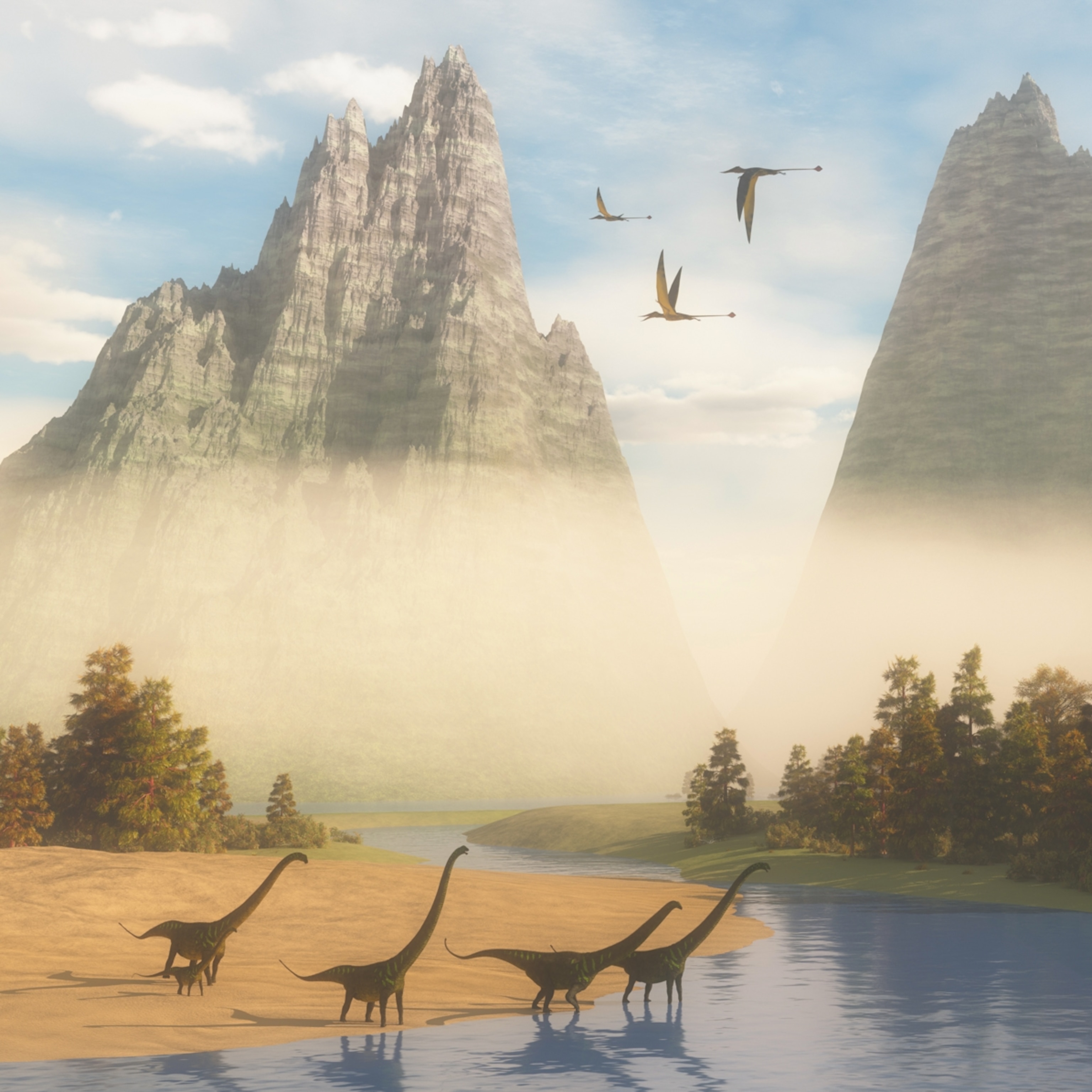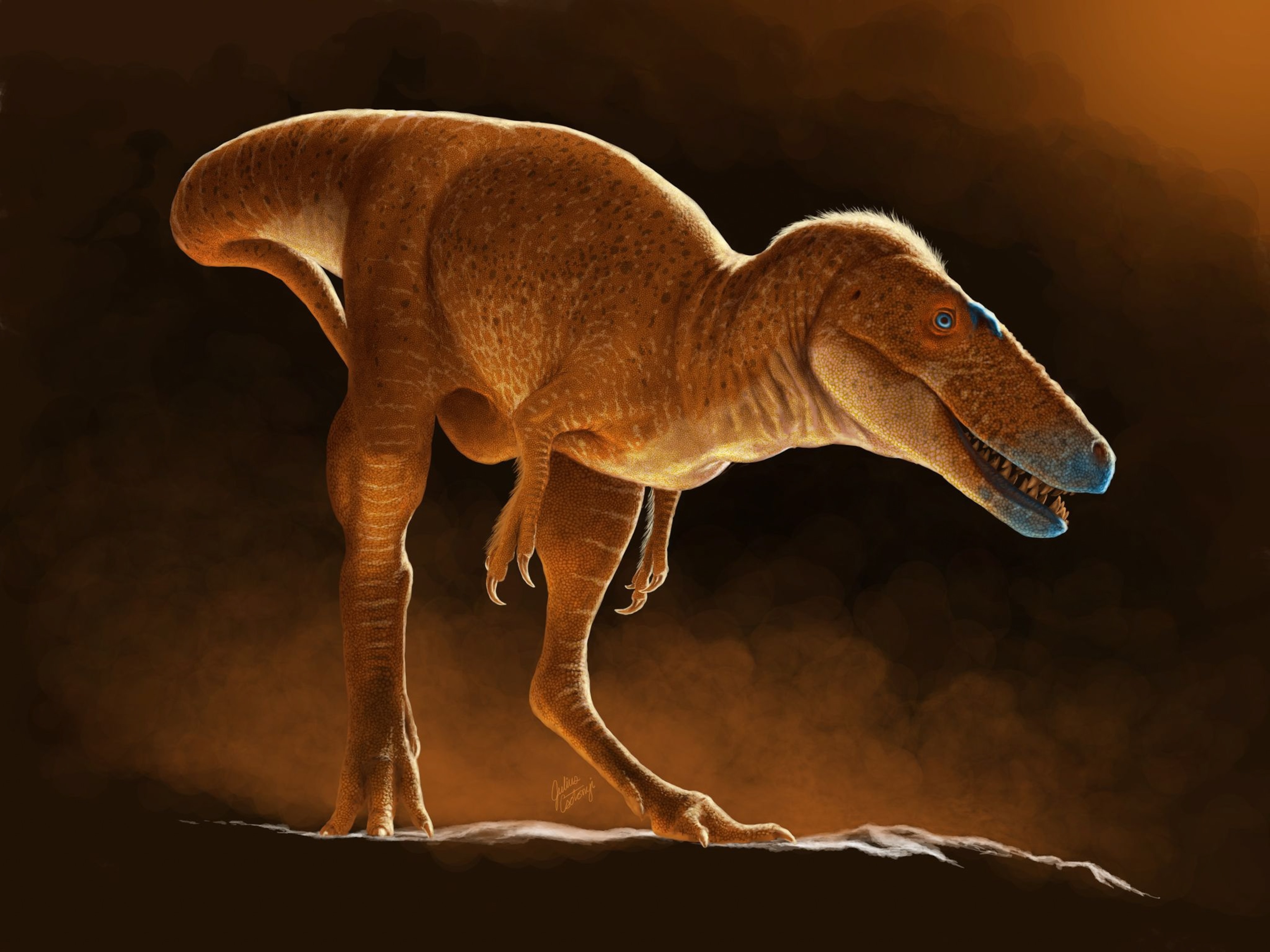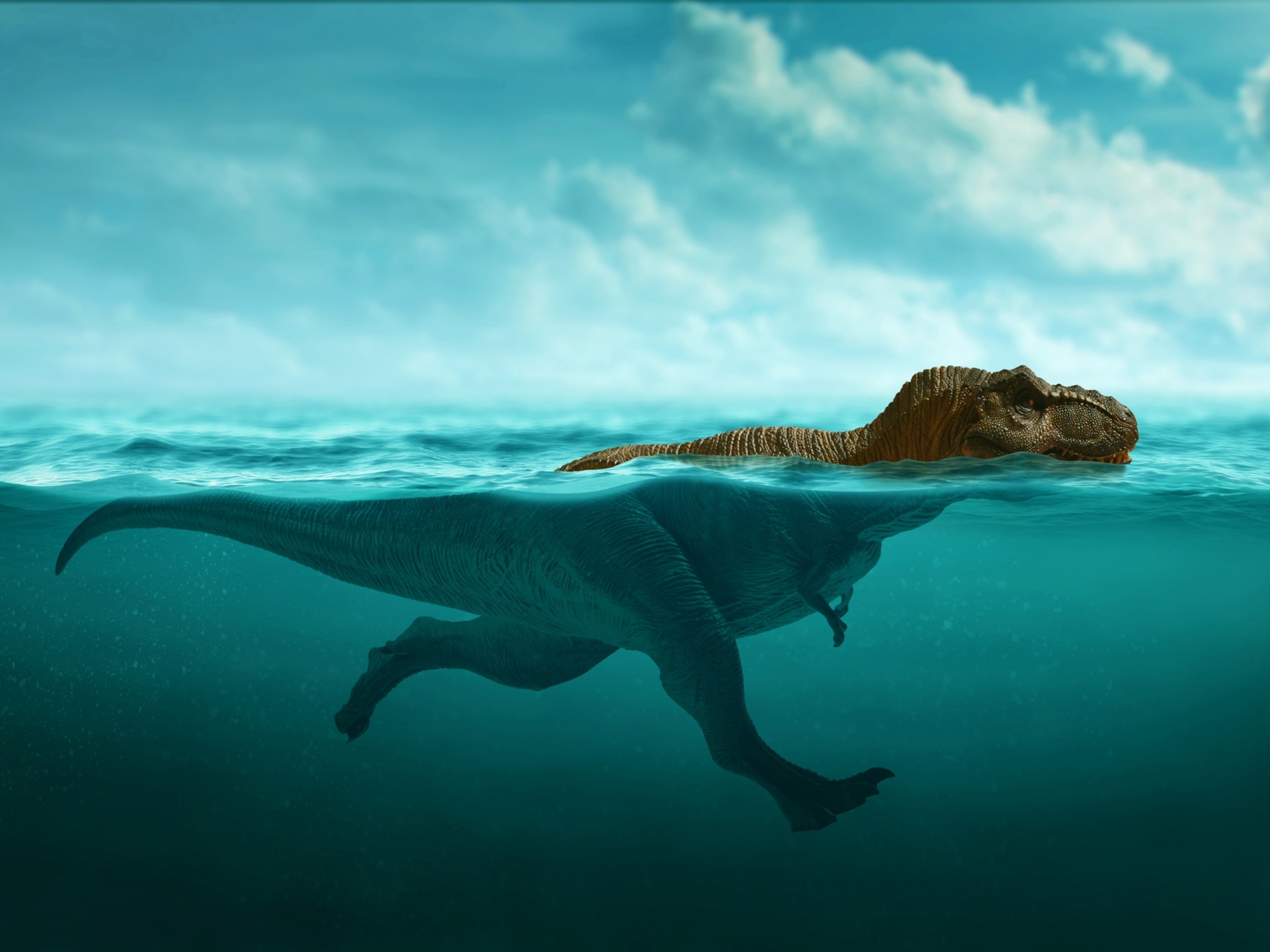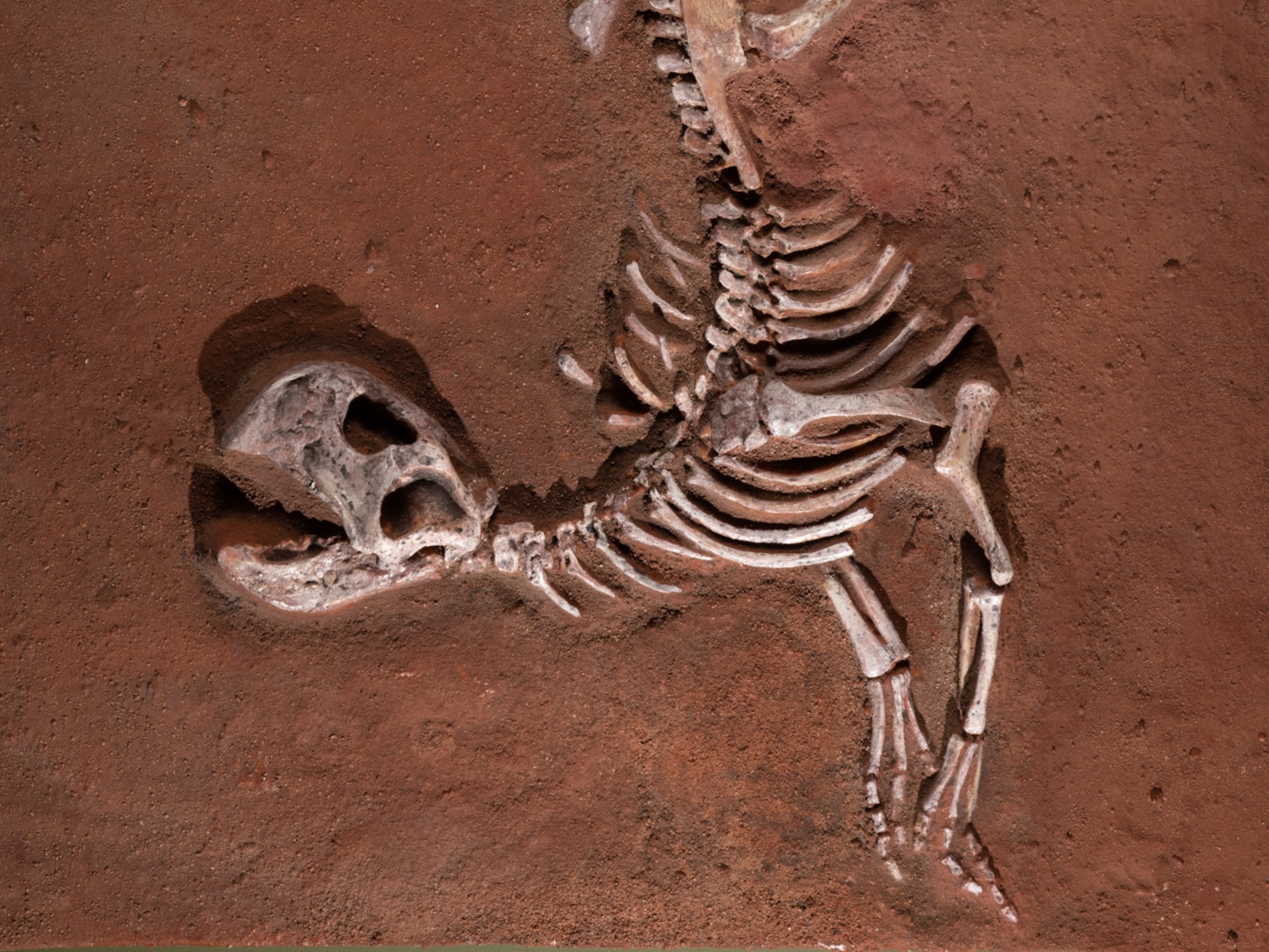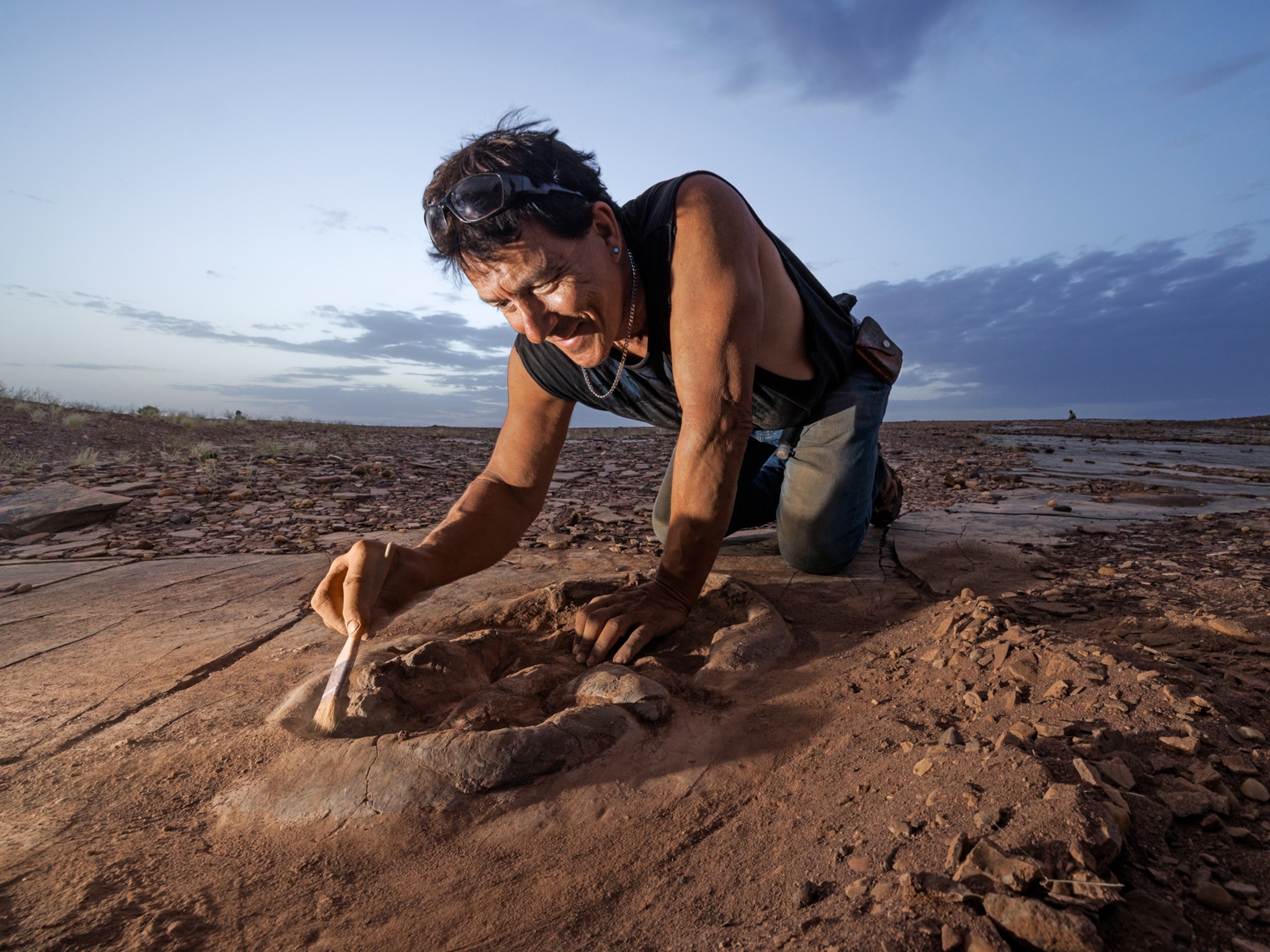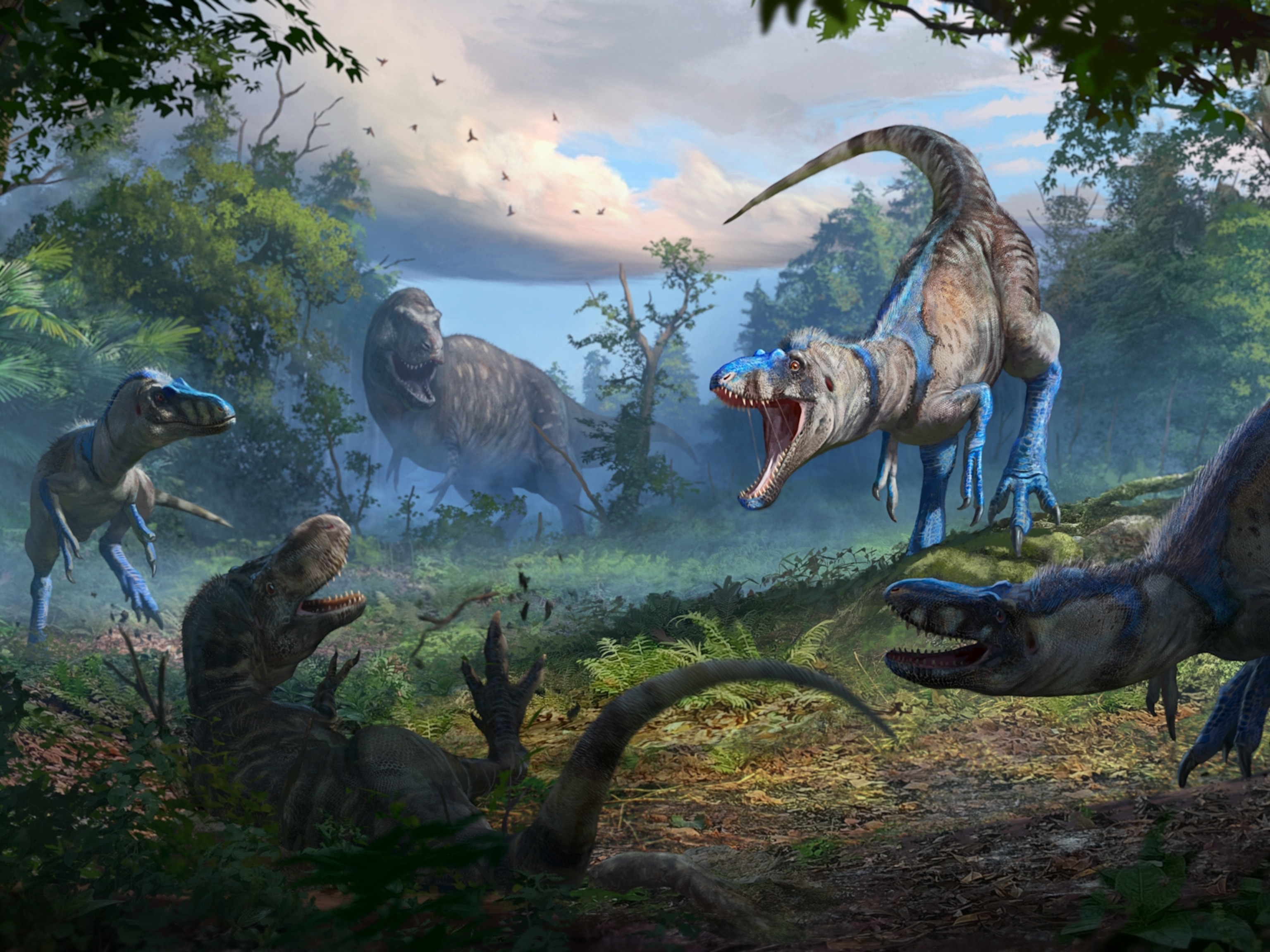
'Baby Dragon' Dinosaur Found Inside Giant Egg
The newly named species first gained fame on the cover of a 1996 National Geographic.
More than 20 years after gracing the cover of National Geographic as “Baby Louie,” a tiny dinosaur found curled inside its egg, finally has an official name: baby dragon.
The newly described species was a giant bird-like dinosaur that laid eggs up to two feet long in nests the size of a monster truck tire. Scientists who recently studied the 90-million-year-old fossil in detail have called it Beibeilong sinensis, or “baby dragon from China,” according to a study published May 9 in the journal Nature Communications.
“I imagine them as very birdlike,” says study co-author Darla Zelenitsky, a paleontologist at the University of Calgary—much like an overgrown cassowary, an ostrich relative. Beibeilong would have towered over an ostrich, though; adults may have been more than 25 feet long and weighed more than three tons.
The dinosaur belonged to a birdlike group known as oviraptors, most of which were fairly small. Only three skeletons of giant oviraptors have been found, including Baby Louie, “but their eggs are extremely common,” Zelenitsky says. (Read more about feathered dinosaurs in First Dinosaur Tail Found Preserved in Amber.)
The enormous eggs have been found in China, Korea, Mongolia, and the United States, but for many years it was a mystery what kind of dinosaur they belonged to.
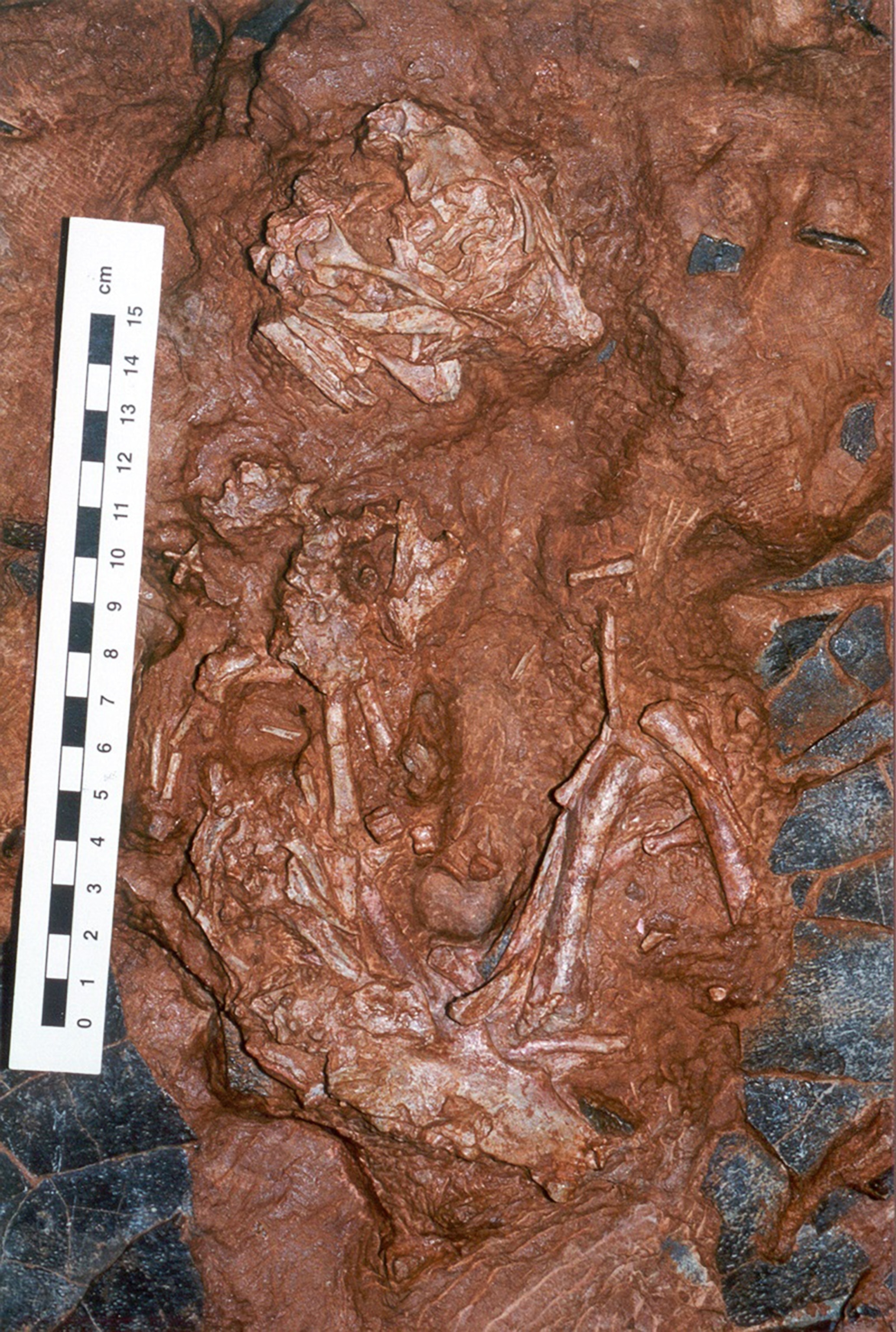
Now that we know who laid the strange eggs, researchers could learn more about how these animals reproduced and reared their young, says paleontologist David Varricchio of Montana State University, who was not part of the new study.
What’s more, the discovery suggests that enormous bird-like oviraptors may once have roamed wherever the giant eggs are found. “The eggs are telling us that these dinosaurs were probably much more common than what their bones are revealing in the fossil record,” Zelenitsky says.
Birth of ‘Baby Louie’
When the fossil egg was found in Henan, China, around early 1993, no one knew its species, so like other mysterious giant eggs it was given the scientific name Macroelongatollithus. The well-preserved dinosaur attracted the attention of National Geographic magazine, which dubbed the fossilized embryo “Baby Louie” after the story’s photographer, Louis Psihoyas.
The magazine commissioned artist Brian Cooley to build a detailed 3-D model and featured a photograph of the sculpture on its cover. (See more of Baby Louie and other dinosaur eggs in a special feature.)
In the 1996 article, Baby Louie was said to belong to a group of dinosaurs known for its huge clawed hands, called therizinosaurs, because that was one of few contenders large enough to lay the eggs. Others thought they came from tyrannosaurs.
But soon after the article was published, the researchers began to think that it looked more like an oviraptor. “The only problem was that these eggs were way too big—about eight to 10 times larger than any known oviraptor!” Zelenitsky says.
It wasn’t until 2007 that the first giant oviraptor skeleton was discovered in China, a 3,000-pound feathered beast known as Gigantoraptor. “Finally it all made sense. We had a giant species that was able to lay these giant eggs,” Zelenitsky says. Now, Beibeilong is the second giant oviraptor species discovered.
At that point, the scientists had another problem studying Baby Louie: China wanted him back. He had been brought to the United States by fossil dealers, and after a long negotiation, Baby Louie returned to China in 2013, where scientists were once again able to study him.
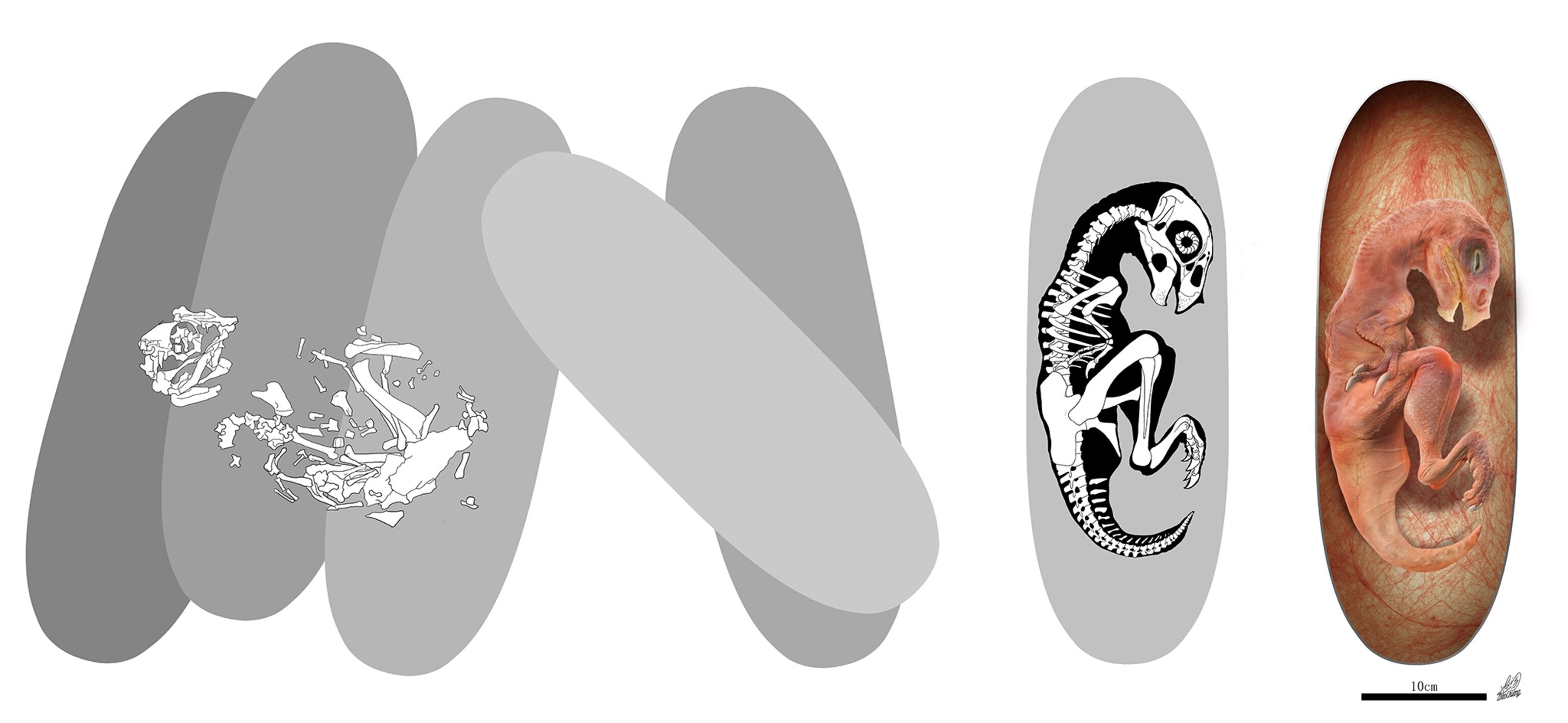
By examining the fossil in new detail and comparing it to other dinosaur species, the international team of scientists can now conclude that not only is Baby Louie a new species to science, but that his kind were the largest known dinosaurs to sit on their nests and care for young.
Louie Lives On
“It was fantastic to finally get to this stage with Baby Louie,” says Phillip Currie, who wrote the 1996 National Geographic story and is now a paleontologist at the University of Alberta.
Back then, he had no idea it would take 20 years to describe the fossil, but in the meantime, he says, he located the farmer who originally found Baby Louie and returned to the exact site to find more eggshells from Louie's nestmates.
Another team member, Ken Carpenter of Utah State University, was skeptical all along that Baby Louie was a therizinosaur, and said so in 1996. “I guess I feel vindicated,” he says now, but he adds there’s a bigger mystery today about the dinosaurs.
Carpenter’s team has discovered more giant eggs in 100-million-year-old deposits in Utah. Could the U.S. eggs hold an ancestor of Baby Louie that later migrated to Asia? It’s possible, he says.
Little Louie showed that baby dinosaurs had big heads and eyes with short snouts, just like baby birds or puppies today, Carpenter says, but there's still much we don’t know. For instance, "is Louie really a 'Louise'? Unfortunately, looking under the tail isn’t going to help.”
We also don’t know how Louie died, but it’s obvious why he has sparked imaginations for more than two decades.
“Louie interests people because baby dinosaurs are cool,” Carpenter says. “Rather than a fierce growl coming from the nest, it may have been cheeps.”
Follow Erika Engelhaupt on Twitter.

